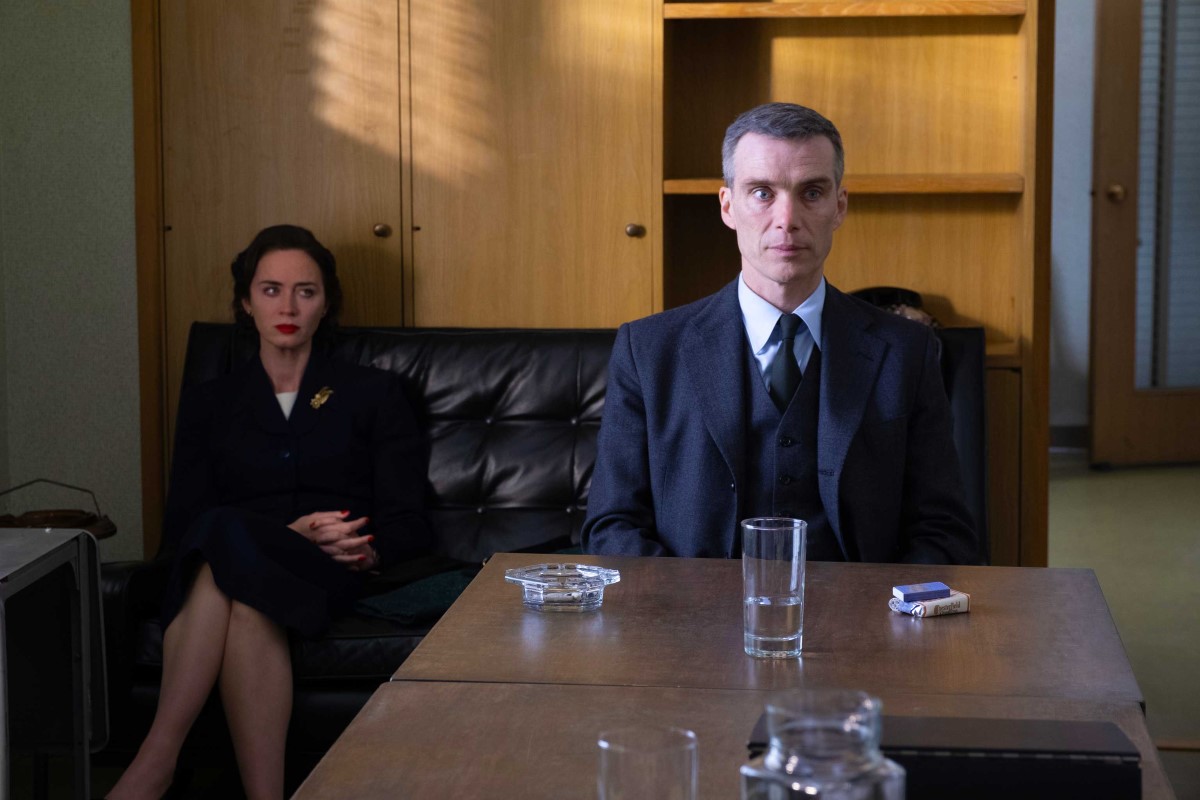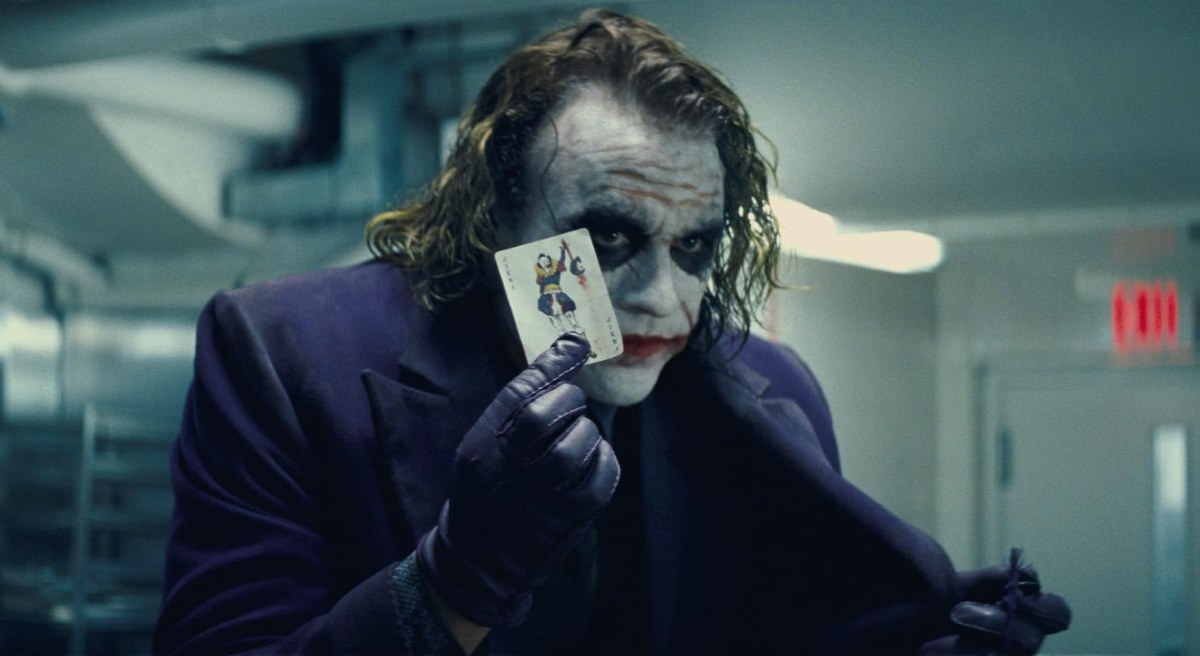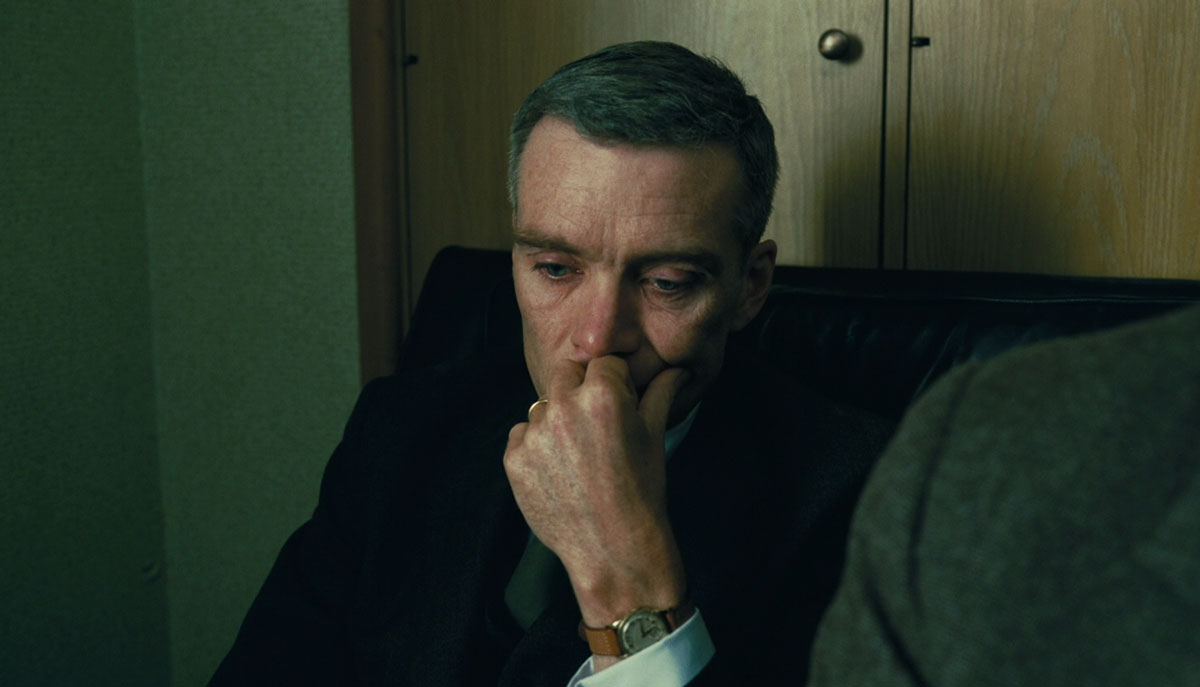Exploring the Sacred and Violent Depths in Nolan’s Oppenheimer
There exists both the legitimate suspicion of another dimension (and no, this has nothing to do with “quanta”, but with the reasons why), and the legitimate impediment, as opposed to the passed judgement on the technical nerd, that Christopher Nolan with Oppenheimer exceeds not only what is visible, but what is profane.
In other words, to put it as René Girard does, even in his case, “the tendency to erase the sacred, to eliminate it entirely, (has) prepared the surreptitious return of the sacred, in a form not transcendent but immanent, in the form of violence and the knowledge of violence.”
The form of the atomic, the knowledge of the scientists, J. Robert Oppenheimer at the forefront, the immanence of the nuclear Holocaust, after the Shoah. What does this have to do with the Nolan we (think we) know? Girard, again, identifies in the scientistic sleight of hand “a ritual expulsion and consumption of the religious itself, treated as a scapegoat for all human thought.”
In Oppenheimer, scapegoats are fractal: scapegoats everywhere, the two main characters being scapegoats, Oppie (Cillian Murphy) in semi-subjective color and Lewis Strauss (Robert Downey Jr.), a founding member of the U.S. Atomic Energy Commission, in black and white, both beneficiaries of an unjust trial, or rather, of a non-trial. An occurrence so Old Testament.
Oppenheimer is sacred matter, it is the holocaust of the lineage of Abraham and Isaac, with the Jews prevailing, and dominating, on both chessboards: employed by the Nazis, within the ranks of Oppenheimer’s Manhattan Project in the desert of Los Alamos.
Malicious idiots have accused Nolan of evading Hiroshima and Nagasaki, without (wanting to) understand how the off-screen, besides being diegetic with respect to Oppie, is even more detonating: furthermore, flames, movements, dullings, charrings in negative and charred bodies enter the frame, animating or mortifying Oppie’s subjective view. To each their own ecstasy, to each the sacrifice required of them, here elevated to a global power, that is, to the holocaust of the human species: the “terrible possibility”, never mathematically reduced to zero, that the bomb might ignite the Earth’s atmosphere and thus end the planet.
To save the world, read: to defeat Japan, Oppie and his associates and (almost) all of America accept the calculated and not erased risk, throwing the bomb beyond the theoretical hurdle, finding, precious Girard and precious blood, the sacred, which is nothing other than “that which dominates man all the more easily the more man believes himself capable of dominating it”.
The chosen people, coerced or co-opted, who by probing the secrets of fission prepare the fusion bomb, Oppie, and Strauss, and first Einstein and then (almost) all, who converge parallelly and inexorably to scapegoats, and again Oppie who is all sacred, who trinitarianly appeals to the atomic test Trinity, who draws from the Bhagavadgītā and in that Sanskrit, in that sacred finds himself: “Now I Am Become Death, the Destroyer of Worlds.” So much violence, and so much sacred.
If the world is in a room, which is of buttons and here of the button, if the explosion can erase us from the face of the Earth, and thus from History, Nolan with the help of his faithful director of photography Hoyte Van Hoytema takes the event – Oppenheimer is verbal without being verbose – and in images – and hadn’t Quentin Tarantino already done this with The Hateful Eight? – films a Kammerspiel in IMAX 65mm and 65mm film, making the magnitude and magnificence of the format the litmus test of the drama unfolding, and detonating, within four walls.
The format is the scale, at the entry apocalypse: and that’s that. But what is the force? The detonation accompanies a denotation, because implosion and explosion, centripetal and centrifugal force do not compete only within the device, already Kubrickianly end-of-the-world, but within Oppie’s scientific, and parabolic, community, from General Leslie Groves director of the Manhattan Project (Matt Damon) to Ernest Lawrence (Josh Hartnett), from experimental physicist David Hill (Rami Malek) to theoretical physicist Edward Teller (Benny Safdie), from physicist Isidor Rabi (David Krumholtz) to, laterally, Enrico Fermi (Danny Deferrari).
And, cursed Girard, what happens to a community grappling with the pharmakon, with the ambivalent medicine/poison here even atomic in nature? It happens that violence becomes necessary, consubstantial, even salvific: in the sacrifices – of the human species, of the Japanese, of Oppie, of Lewis – violence becomes sacred, because it serves to preserve the community, containing the spread of violence itself – and this containment is what the sacred man Oppie will strive for.
Seriously, can we think that in the concomitance, in the congruence of creation and destruction inherent in the bomb, the sacred is not invoked, does not find philosophical residence and human, and Nietzscheanly too human, domicile?
It’s a Man’s Man’s Man’s World, with women – the not so latent misogyny Nolan has accustomed us to – in ancillary, functional, and even undermined roles: the psychiatrist Jean Tatlock (Florence Pugh) is disturbed and the wife Kitty Oppenheimer (Emily Blunt) alcoholic, one passive, the other imperative, both love interests of Oppie and little or nothing more. Collateral victims of a most sacred violence that Nolan dispenses with his peculiar storytelling ability through images and sounds, but with an almost unprecedented inner motion and mythical access: the book by Kai Bird and Martin J. Sherwin on which it is based has an ineffable title, American Prometheus: The Triumph and Tragedy of J. Robert Oppenheimer.
Federico Pontiggia
Cinematografo, August 21, 2023





